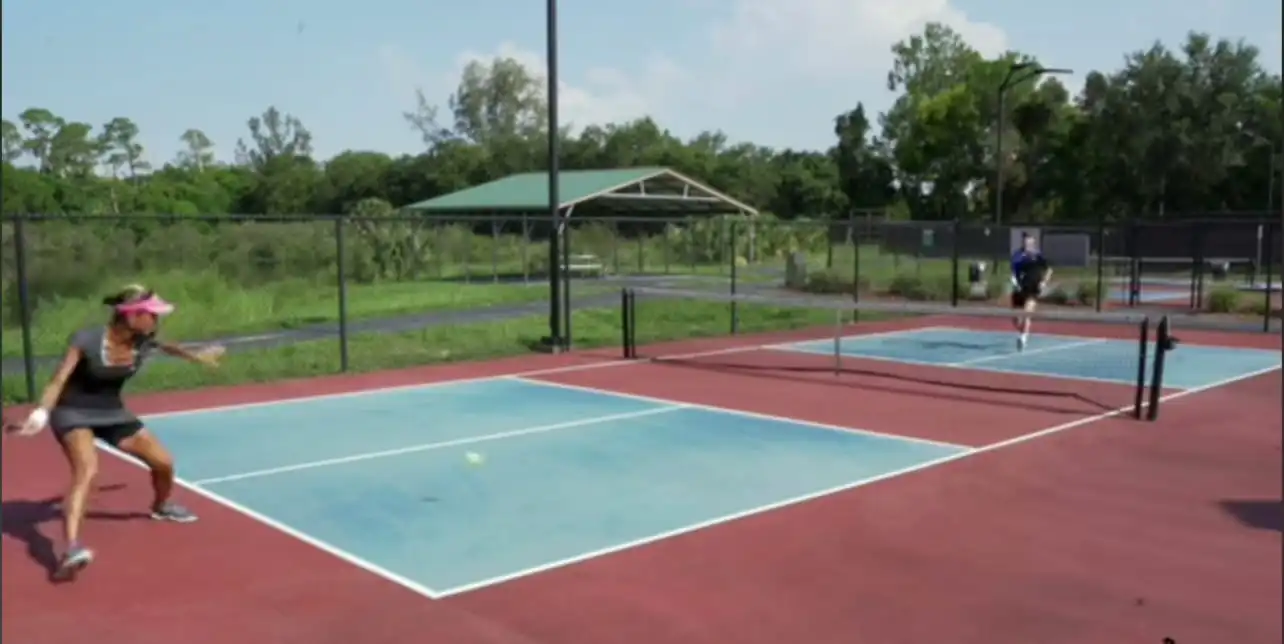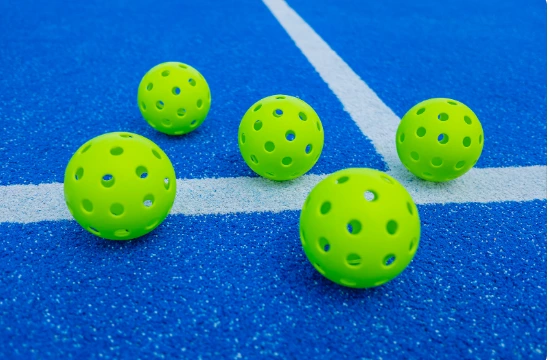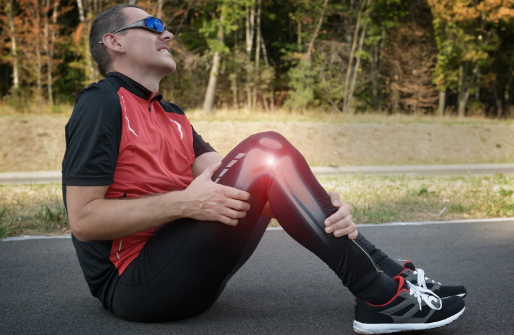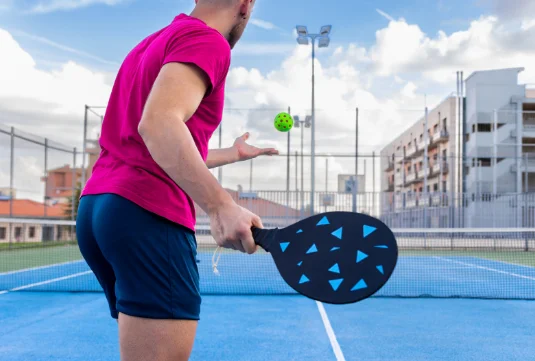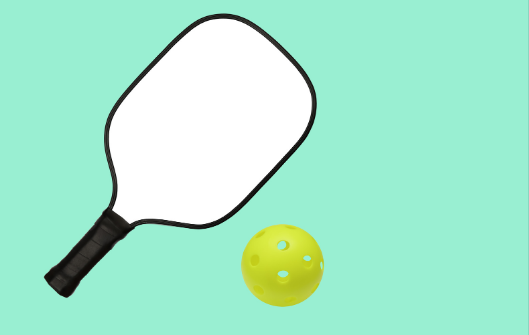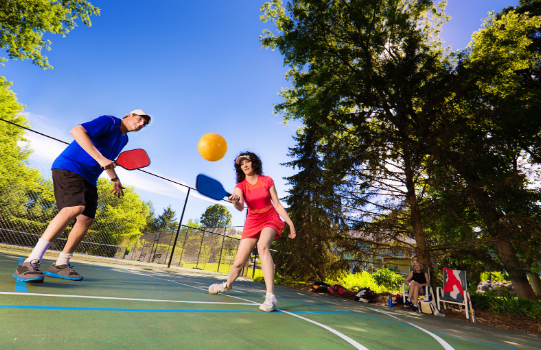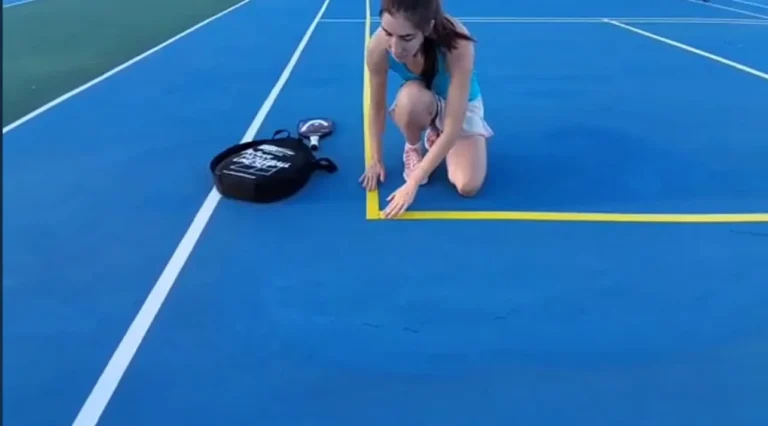Smashing the Volley: Proper Volley Technique in Pickleball
Smashing the Volley: proper volley technique in pickleball is a game-changer. This fast-paced shot, enforced before the ball bounces, can be a powerful tool in your arsenal, especially when performed with a graphite paddle. You can train you’re volly anywhere but keep attention to your pickleball and don’t touch the ground. Graphite paddles, known for their lightweight and stiffness, offer a unique advantage for quick, controlled volleys. In this article, we’ll learn the techniques that can help you overcome the net with confidence.
Understanding the Volley in Pickleball
The Basics of Volleying
A volley in pickleball is a shot hit out of the air before the ball bounces on the court. It’s a basic skill that requires conforming and timing and you have to be forced on the ball. The key to a successful volley lies in your ability and skills to read the game, anticipate the ball’s trajectory, and position yourself correctly. Remember, volleys must be enforced while standing behind the non-volley zone line, or ‘kitchen,’ to avoid faults.
The Role of Graphite Paddles in Volleying
Why Graphite Paddles Are Ideal for Volleys
Graphite paddles are a first choice for many players looking to improve their volley skills in the game. Their lightweight ball material nature allows for swift movements, while the material’s stiffness provides a larger sweet spot for hitting. This combination results in a paddle that not only enhances the speed of your reaction but also the power behind your shots, without sacrificing control.
Techniques for a Powerful Volley
Grip and Stance for Optimal Control
Your grip on the paddle should be tight yet relaxed to allow for quick adjustments and wrist movement. A “continental grip,” similar to holding a hammer, is often recommended for its versatility. Your stance should be balanced and ready, with knees slightly bent and weight on the balls of your feet, enabling you to move in any direction quickly.
The Swing: Power vs. Control
The volley swing in pickleball is more about control than power. The key skill is a compact and controlled swing, using the paddle’s momentum and sleep to redirect the ball rather than trying to generate a lot of force. Keep your paddle up and in front of you, and use a short, punching motion to meet the ball. This technique allows for quick, reactive shots that can catch your opponents off guard.
Drills and Practice Routines
Drills to Improve Your Volley Technique
To enhance your volley technique, incorporate drills focusing on reaction time and paddle control. One effective drill is the “volley ladder,” where you and a partner rapidly exchange volleys, aiming to keep the ball in play while gradually increasing the pace. Another is the “shadow drill,” where you practice your volley motion without a ball to reinforce muscle memory.
Advanced Strategies for Volleying
Anticipating Your Opponent’s Moves
An advanced volleyer not only reacts to the ball but also reads the opponent’s body language and paddle position. By anticipating where the next shot is likely to go, you can position yourself optimally and choose the most effective volley response, whether it’s a soft drink or a hard drive.
Common Mistakes and How to Avoid Them
Common volleying errors include swinging too hard, dropping the paddle head below the wrist, and standing too close to the kitchen line. To avoid these, focus on maintaining a firm wrist, keeping the paddle head up, and staying back from the kitchen line to give yourself more time to react.
FAQs
Q1 .How do I improve my pickleball volley?
Ans. Practice consistently, focus on your stance and grip, and play drills to enhance your reaction time and control.
Q2. Can I use a tennis volley technique in pickleball?
Ans. While some principles are similar, pickleball volleys require a shorter swing and more wrist control due to the smaller court and lighter ball.
Q3. What’s the best way to practice volleys alone?
Ans. Use a rebounder or wall to practice your volleys, focusing on control and placement rather than power.
Conclusion
the volley is a pivotal stroke in pickleball that, when executed correctly, can turn the tide of any game. By leveraging the unique benefits of graphite paddles—lightweight design and responsive handling—you can enhance your volley technique, delivering quick, powerful shots that challenge your opponents. Remember, mastering the volley requires a blend of proper stance, grip, controlled swing, and strategic anticipation. Practice diligently with targeted drills, and stay mindful of common pitfalls to refine your skills. Whether you’re a seasoned player or new to the court, focusing on your volley can elevate your overall pickleball prowess, making every match an opportunity to showcase your improved technique and competitive edge.

